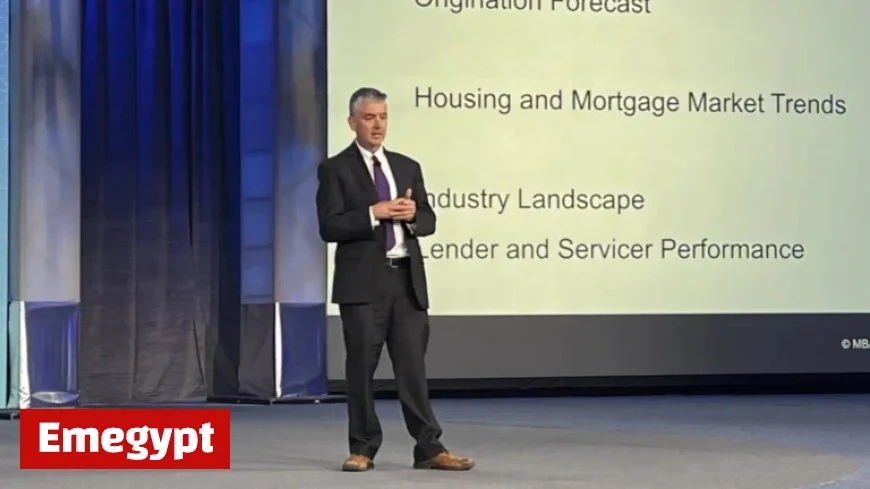Top Economist Predicts Mortgage Rates to Stay Above 6 Percent for the Foreseeable Future

Top economists are forecasting that mortgage rates will remain above 6% for the foreseeable future. According to the Mortgage Bankers Association (MBA), 30-year fixed mortgage rates are projected to hover between 6% and 6.5% until the end of 2028. This outlook was shared by MBA Chief Economist Mike Fratantoni during the association’s annual conference held in Las Vegas.
Future Projections for Mortgage Rates
Fratantoni highlighted that the rising federal deficits are likely to pressure the economy, potentially causing long-term interest rates to increase rather than decrease. As of last week, average mortgage rates were reported at 6.27% by Freddie Mac, marking three consecutive years above 6% for homebuyers.
Comparison with Other Forecasts
While the MBA’s projections seem grim, other organizations like Fannie Mae offer a more optimistic view. They predict that mortgage rates may dip below 6% by late 2026. In contrast, the MBA expects that rates will remain high due to ongoing fiscal challenges.
- Forecast for mortgage rates: 6% to 6.5% until 2028.
- Current average mortgage rate: 6.27% as of last week.
- Projected home sales in 2025: 4.8 million.
- Projected home sales in 2026: above 5 million.
Impact on Home Sales and Prices
Despite the expected stagnation in mortgage rates, Fratantoni anticipates an increase in total home sales in the coming year. He attributes this to a rise in housing supply, which will provide prospective buyers with more options and ease home-price growth.
The MBA predicts that home prices will experience a national decline over the next few quarters. However, a return to modest growth is expected by late 2027. The impact of local market conditions on housing prices is significant, with varying trends across different regions:
- Home prices declining in the Sun Belt regions such as Florida, Colorado, and Arizona.
- Price growth observed in Northeastern and Midwestern states like New York and Illinois.
Home Affordability and Borrowing Trends
Joel Kan, MBA Deputy Chief Economist, noted slight improvements in mortgage payment affordability, with typical payments now averaging $2,067. However, these payments remain significantly higher than five years ago due to cumulative home-price appreciation and current mortgage rates.
To cope with affordability challenges, borrowers are increasingly turning to adjustable-rate mortgages (ARMs) and FHA loans. Kan also pointed out the additional cost burdens posed by rising taxes and homeowners’ insurance, which continue to impact both prospective and existing homeowners.
In summary, while the outlook for mortgage rates remains strict, the dynamics of the housing market are evolving, influenced by local conditions and buyer preferences. As these trends develop, greater attention to affordability measures will be essential for navigating the complexities of the current real estate landscape.






























